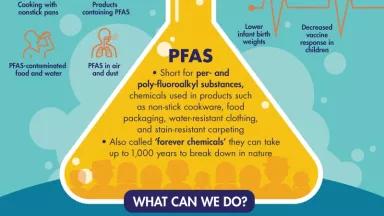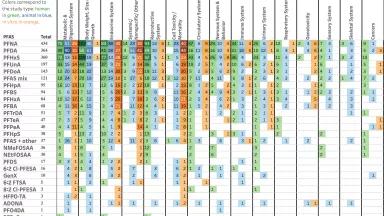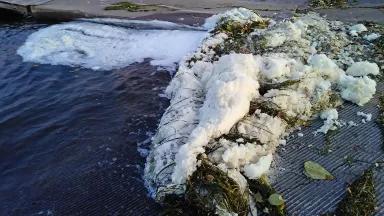Federal Drinking Water Monitoring Overlooks Many PFAS
Community-led water testing finds dangerous levels of PFAS that the EPA does not test for.

Getty Images
Under the Safe Drinking Water Act, certain public water systems around the United States are required to test their drinking water every five years for a new list of unregulated contaminants. The results go on to inform future regulations and cleanup efforts and provide communities with crucial information about the safety of their water. The upcoming round of testing (to be done 2023 – 2025) is focused on PFAS, and the EPA is testing for 29 PFAS chemicals to understand how pervasive PFAS contamination is across the country. However, this testing will paint a woefully inaccurate picture of the PFAS problem, potentially misleading communities about the safety of their drinking water.
NRDC partnered with impacted communities to conduct more expansive testing of 70 PFAS chemicals in drinking water. We found a significant amount of harmful PFAS present in drinking water that is being missed by EPA’s test methods. We also evaluated whether or not the drinking water samples would exceed EPA’s newly proposed maximum contaminant levels (MCLs) for six PFAS. Worryingly, we found that some communities with high levels of PFAS, would not be eligible for protections provided under the proposed regulation because the proposed regulations only focus on few out of thousands of chemicals in the PFAS class. Communities deserve to know if and to what extent their drinking water is contaminated with harmful PFAS. The results of NRDC’s drinking water study underscore the need for a comprehensive approach to managing PFAS, including developing methods to expand testing for individual PFAS and to measure the total amount of PFAS in drinking water.










